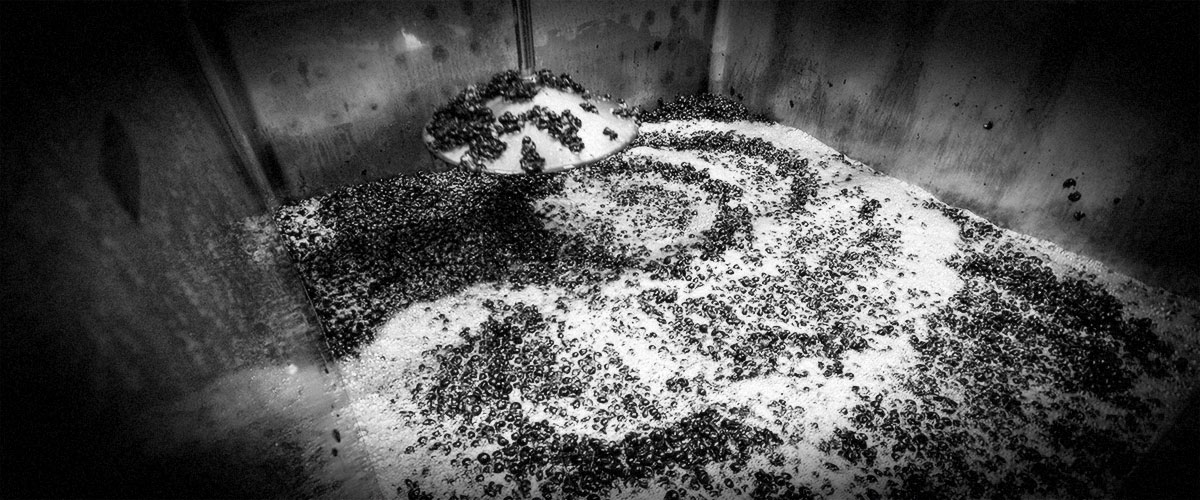by Chris Russell, Contributor
If you’ve been around wineries long enough, you’ve probably heard the term “crush pad” at some point. A critical but easily overlooked part of the winery, the crush pad is where the winery meets the vineyard and the process of turning grapes into wine begins. If the term conjures up a mental image of grapes being crushed into juice and pulp, you’re on the right track. Thanks to the evolution of winemaking technology, however, a crush pad is now simply the area where harvested grapes are processed—we don’t actually crush them anymore. 2Hawk Winemaker Kiley Evans explains in the video below:
Crush Pads Today
Today, the term “crush pad” might seem outdated. In the past, winemakers did crush grapes to release their juice prior to fermentation, so the platform or area where that occurred became known as a crush pad. For the most part, winemakers don’t crush grapes anymore but rather press whole clusters or simply destem the fruit instead. Wineries still need a similarly functional area in which to work, though. Modern crush pads could be more accurately called “the area where we set up equipment for processing harvested grapes,” but that doesn’t exactly roll off the tongue, and we enjoy paying tribute to tradition.
The crush pad needs to be durable, protected from the weather, and easy to clean so it can withstand the heavy machinery and occasional messes involved in turning harvested grape clusters into “must”, the juice and berries that will be fermented into wine. At most wineries these days, a crush pad will be a concrete, stone, or otherwise paved area covered with a roof or awning and featuring ample space for winery staff to work. This tends to give crush pads a fairly austere look when they’re not populated with equipment. For much of the year at many wineries, you could walk right through the crush pad without realizing what it is.
The Process
During harvest season, the crush pad is where we set up our processing equipment. We do more on the crush pad than squeezing juice from grapes—we also need to sort out any non-grape material like leaves picked up during harvest and select the best clusters for making the wine. If you read our previous blog post on how wine is made, you may have also guessed that in addition to sorting the clusters, we need to destem grapes destined for red wines. The stems can contribute undesirable flavors and aromas to the red wines.
Year-Round Use
Outside of harvest season, crush pads find a variety of uses. Large wineries may reserve the area for grape processing and staging of bulky equipment year-round. Smaller wineries that need to be more creative with the square footage they have available may use the crush pad for storage or even as an event space. Who knows, you may have danced with your crush on a crush pad!
Learn More
This gives you a little insight into one of those wine-related terms you may have heard without knowing exactly what it means. With so many traditions surrounding winemaking, the meaning of a phrase is not always what you’d expect. In future posts, we’ll explore more of the details about the equipment and methods we use to produce our Southern Oregon wines. Is there any wine terminology that has you baffled or a technique you’d like to learn more about? Please let us know!
Meanwhile, if you’d like to know more about Rogue Valley wines, here are a few ways:
- Ever see “contains sulfites” on a wine label and wonder what it means? Read our blog post What Are the Sulfites in Wine?
- Visit the tasting room to sample our current wines.
- Follow us on Facebook and Instagram to keep up with the latest happenings.

